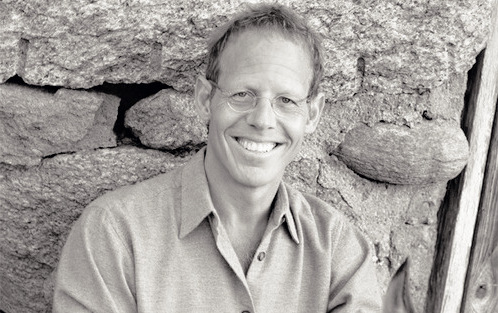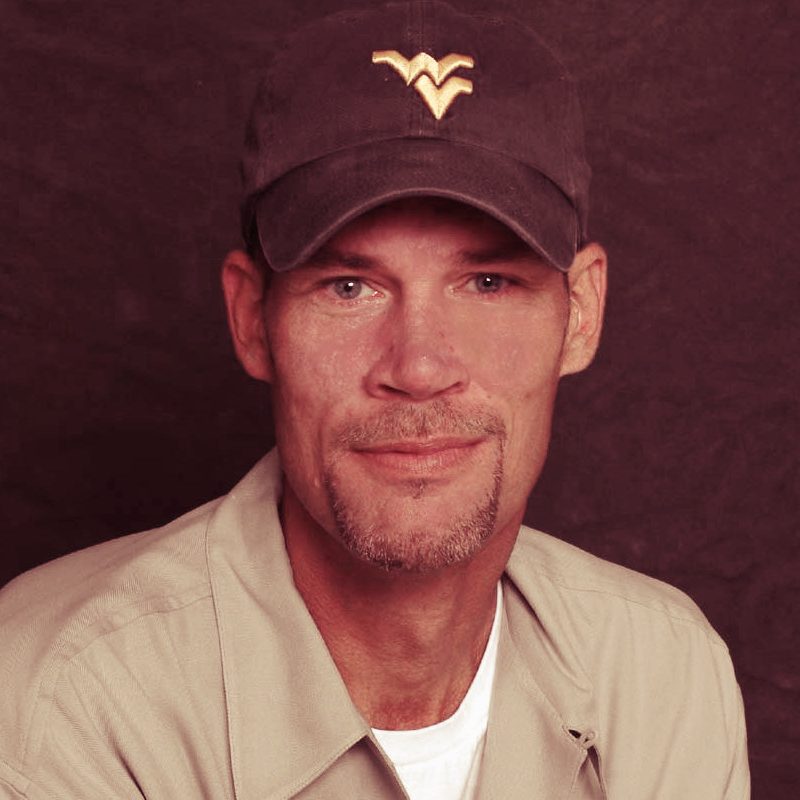By Steve Novotney
Weelunk.com
Smithsonian Magazine reporter Tony Horwitz was in Wheeling last week while following the path taken in the 1850s by New York Times correspondent Frederick Law Olmsted.
Horwitz, a “real-deal” reporter who won the Pulitzer Prize for national reporting in 1995 after The Wall Street Journal published his stories on the working conditions in low-wage areas across America, was a staff reporter and foreign correspondent for The New Yorker in Africa, Europe and in the Middle East. He’s published several novels on his experiences in America and abroad.
His trip to the Friendly City was focused on a book about Olmsted, who went on to design New York City’s Central Park.
Horwitz planned to visit us for just two days. He stayed five.
He owned no idea what he would discover in Wheeling, but he knew the Rust Belt reputation. He’d seen such areas and their rusted remnants during his travels. Horwitz’s career has been filled with old, silent factories, dilapidated neighborhoods, boarded-up storefronts, and miserable people before trekking through Marshall County to West Virginia’s first capital city.
Although he insisted he did not know what to expect, Horwitz did NOT discover what he thought he might. He knew about the Wheeling Suspension Bridge and the Capitol Theatre, but he was also familiar with the erosion of the valley’s steel industry, and with the invasion of the fracking companies.
Without admitting it, Tony Horwitz believed he would pass through yet another region filled with empty buildings and a rusted-out population.
Instead, he extended his visit to continue proving his preconceptions false.
Horwitz met many folks while here, including Ohio County Commissioner Orphy Klempa and the Wheeling Symphony’s Bruce Wheeler. He visited Independence Hall, Murray Energy’s coal-loading operation in Benwood, a local frack pad, and the Moose Lodge 2621, and he attended the “Blues Tuesday” concert featuring Coco Montoya at River City Restaurant.
Instead of despair, he said he saw hope. Instead of his conversations constantly circling what once was, he heard much about what was possible in the future. Horwitz, a New England resident, filled at least 15 notebooks with information about what he referred to as, “incredible findings.”
He saw something instead of nothing.
If and when something would appear in Smithsonian Magazine about Wheeling, W.Va., he did not know. “I’ll have to review all the information I collected because right now I have no idea what’s on those pages,” he said. “I kept finding myself writing everything down. This tid-bit, that tid-bit. It’s incredible stuff.
“I met some most amazing people in Wheeling, I really did,” Horwitz explained. “And everyone in this area was so friendly. Wheeling definitely earns its nickname.”
That’s because Horwitz was welcomed in. He watched a Steelers game with local fans. He was invited to tour Murray’s Benwood-based loading facility after suddenly showing up at the front gate. The staff members at the McLure Hotel were consistently helpful. He loved the local food.
Tony Horwitz is coming back, too. He wants to board a coal barge (Olmsted sailed on a steam boat) to continue his original journey, but also because he wants more of that Wheeling feeling.
“It’s different here,” he said. “It’s not all pretty everywhere, and there are some vacant buildings and cracked sidewalks, but that just means it looks like most everywhere else.
“The biggest difference was with the people I met. Some really amazing people,” he added. “There’s a different ‘feel’around here than I expected.”
What Horwitz felt was a pulse.



